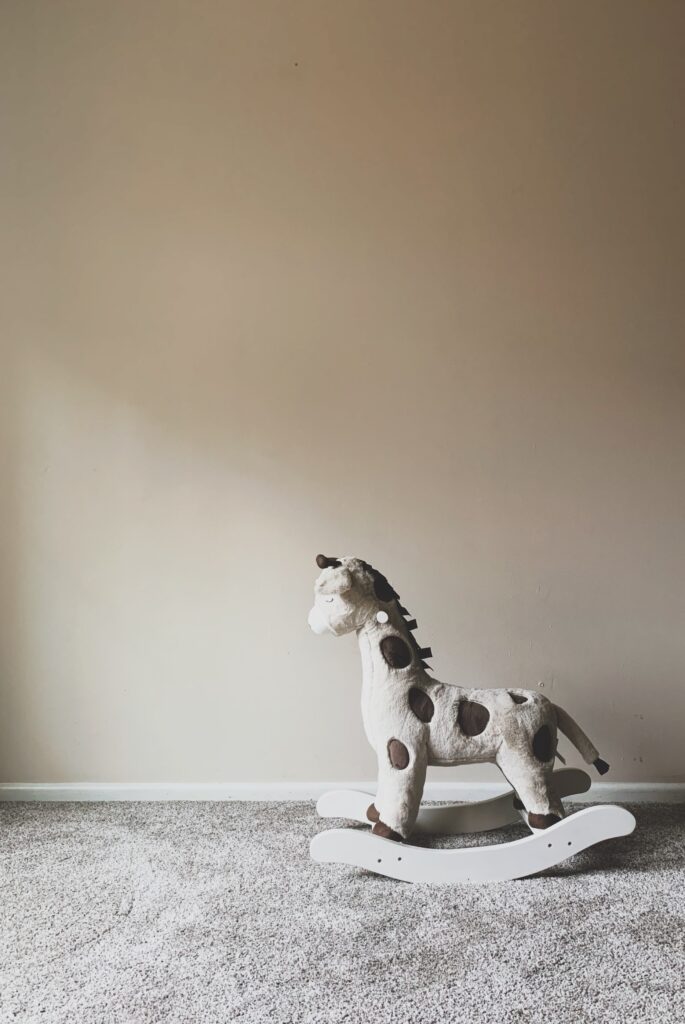A tidy home is a happy home; it’s where we gather and find a sense of order, control, and, at best, calmness. The home provides us with a centering; the house’s outward appearance can be a reflection of the inward being. A tidy, organized home can structure our daily lives and habits. If we have a family decluttering and organizing can be a bit more challenging than if we were only maintaining our items. Here are some practical tips on keeping your kiddo’s rooms tidy; these are not meant to be rules but rather ideas to be modified to work with your standards, goals, and family size.
Include the Kiddos
Including your child or children in the process is essential in teaching them how to maintain a cluttered free tidy room. This, of course, will depend on the age of the child. When our daughter was about three years old, we began to include her in the process.
Kiddos seem to accumulate a lot quickly, receiving items from family members, school, etc. It’s best to be mindful of the things while they are coming into the home. If you don’t like the gift, it does not match your family’s lifestyle and values, discard it; it’s that simple. Including your child in the process maintains their trust, allowing them to decide what to keep and pitch, and helping them understand the process. Good habits are lifelong tools they will take with them as adults.
Pause & Clean-up
We clean up before the next activity, creating a simple urgency to clean up quickly. I still get amazed at how efficient with time our daughter becomes when she’s excited to move on to the next activity. This, of course, will vary with age, but whatever the age and activity or leisure thing they are doing, cleaning up before moving on is a habit that becomes second nature over time. It can be easier to clean up for them; if we do this often, they never learn how to maintain a tidy room.
A reward system is a valuable tool to help encourage children, depending on the age, a sticker chart to redeem a gift once filled, allowance, extra movie time, etc. Having age-appropriate responsibilities shows there is no free lunch; we all must contribute to the home and have pride in maintaining it.
Leave Margin
Leaving a margin between activities gives us time to pause and clean up, not leaving an unwanted mess. We live in a fast-paced time; the more I look around, the more I notice how over-scheduled we are as a culture. Scheduling slightly less and leaving sometime in the day for home maintenance allows a reset, a pause throughout the day. By no means do I think people should love doing chores, but I also do believe hating them is ineffective. I try to be in the moment as much as possible; for some reason, the task becomes enjoyable and does not feel mundane. When I posture myself with a joyful attitude, taking pride in our home, our daughter seems to naturally participate in the daily tasks of a tidy home. Find what works for you, if putting music on, a podcast, something that makes it enjoyable.
House Standards
Take time to declutter and cull items to the amount you are comfortable with maintaining. Once the room looks essentially the way you want it, have a chat with the kiddos, and let them know this is the expectation on how it’s to be kept. I find the one-in, one-out rules helpful; it’s an excellent way to keep the excess at bay. If they get an allowance, perhaps if they want something extra, have them purchase it with their money. Our daughter often will pass on an item if she’s paying for it with her money. This is a win-win for us; it also helps her to understand money does not come easy and that there is a cost to purchasing things, so choose wisely.
Final Thoughts
Homes are very personal, and each home will have a customized approach. Working together as a team in sharing tidy tasks can build a bond. We try to have fun with it as much as possible; silly dancing and giggling while tidying up can go a long way with a child, creating a simple sweet home.
Photo by Nicole dusseljee on Unsplash
